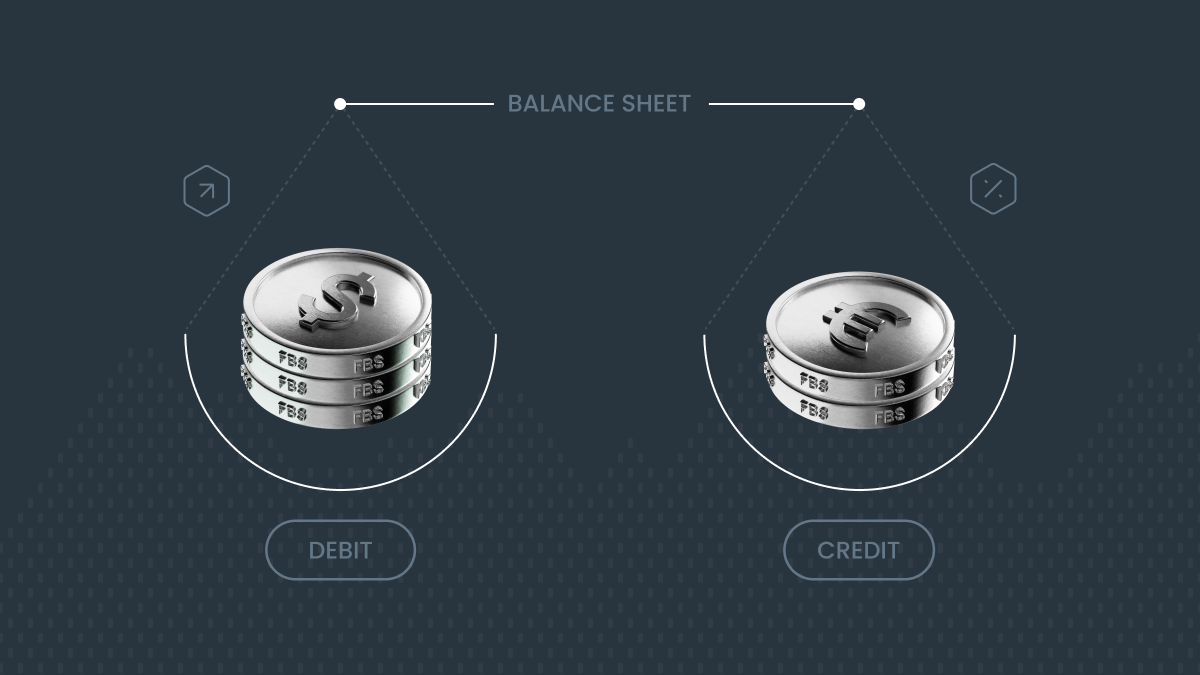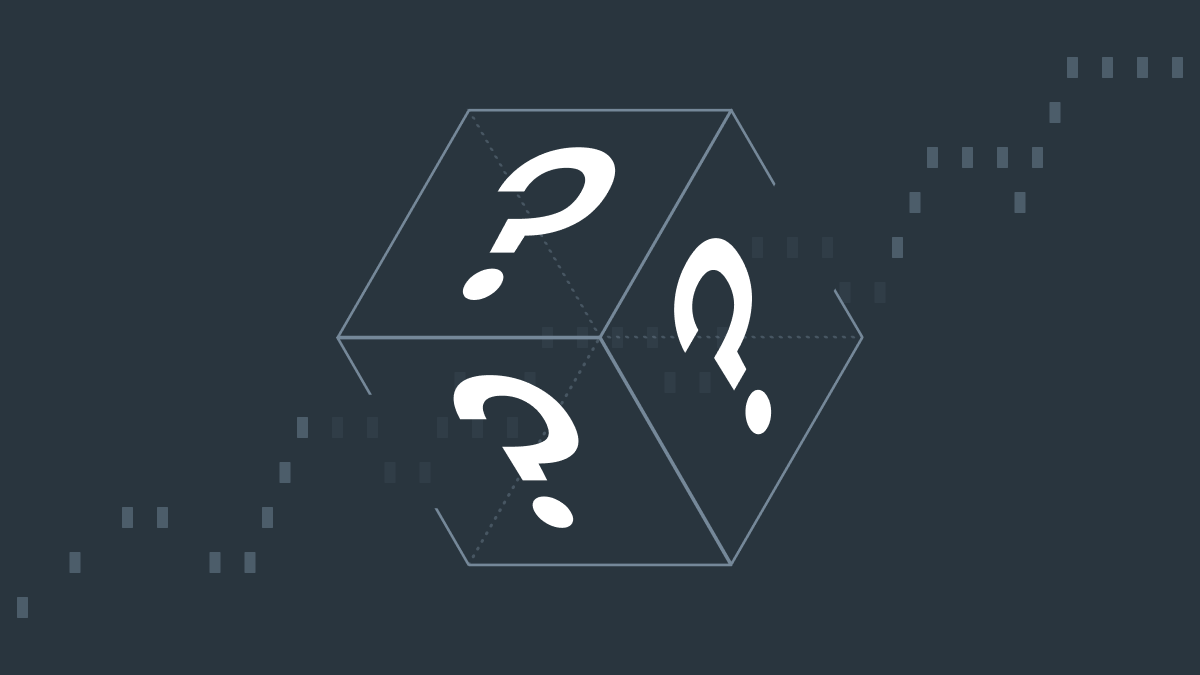What is the difference between active and passive assets?
Active assets are those that directly generate income. Companies often use passive assets for investment or as a means of protecting wealth rather than actively contributing to the overall profit of the company.
Active assets:
-
inventory and equipment;
-
accounts receivable;
-
patents.
Passive assets:
-
investments in securities (stocks, bonds, etc.);
-
long-term deposits and savings;
-
real estate investment.
What are the types of assets?
There are two main types of assets, based on their liquidity: current and non-current assets. Let’s take a closer look at them.
Current assets
A company can easily turn current assets into cash within one accounting year or its operating cycle.
-
Cash and cash equivalents are highly liquid assets: cash, bank balances, and short-term investments that are easily convertible to cash (like treasury bills and money market funds).
-
Suppose a company delivered some goods or services, but the customers haven’t paid for them yet. The money they owe is accounts receivable. They are highly liquid, so they can serve as an important source of short-term cash flow.
-
Inventory includes raw materials, goods not yet completed, and finished products ready for sale. Inventory value is essential for companies in such industries as manufacturing and retail, because it directly influences sales and revenue.
-
Marketable securities are the assets that the company can quickly buy or sell on a market. These are mutual funds, stocks, and bonds.
-
Prepaid expenses are also current assets. The company has paid for some goods or services, but it will receive them in the future. For example, they are insurance, rent, advertising expenses, leased equipment, and estimated taxes.
Current assets are important indicators of a company’s short-term financial health and its liquidity. The more current assets it has, the better. However, the number of current assets can vary from one industry to another. In service-based companies it is lower, while retail businesses have more current assets.
Non-current assets
Non-current assets are vital for the business’s growth and can’t be converted into cash within a fiscal year.
-
Land, buildings, vehicles, and equipment used for production or service delivery are tangible assets. Tangible means they have physical substance. These assets are essential for day-to-day operations in many industries. Sometimes they are referred to as PP&E — property, plants, and equipment.
-
There are also non-physical, or intangible assets, for example any kind of intellectual property: patents, trademarks, goodwill, copyright. These assets can contribute to a company’s position on the market. Intangible assets are usually not listed in a balance sheet.
-
Long-term investments which are held for long periods (more than a year): real estate, stakes in other companies, bonds and the like. Unlike marketable securities, they serve strategic or long-term growth purposes.
-
Long-term receivables refer to the money that other businesses of clients owe to the company, for example installment sales or loans. This debt is paid over a period longer than one year.
The table below shows the key differences between current and non-current assets.
|
Current assets
|
Non-current assets
|
|
Purpose
|
Ensure liquidity in the short-term
|
Support long-term business operations and growth
|
|
Liquidity
|
Highly liquid
|
Highly illiquid
|
|
Financial impact
|
Important for meeting short-term obligations
|
Crucial for long-term planning and management
|
What are the types of liabilities?
Just as with assets, current and non-current are the two types of liabilities. The main difference is the time when a company meets the obligations.
Current liabilities
Current liabilities are obligations that a company is required to fulfill within one accounting year or its operating cycle. They too show the business’s liquidity and the ability to meet its immediate financial obligations. Current liabilities are often settled with current assets.
-
Accounts payable is the sum the company owes for goods or services. They are usually due within several months depending on the contract.
-
Short-term loans that the company must repay within a year, for example bank overdrafts or other short-term financing arrangements.
-
Accrued expenses refer to costs that have been incurred but are not paid yet, such as taxes, wages, and utilities.
-
Dividends payable are usually settled within a few months of declaration.
Current liabilities are important when estimating a company's ability to meet its short-term obligations without needing any additional financing.
Non-current liabilities
Non-current liabilities include long-term financial obligations.
-
Long-term debt can include bank loans, corporate bonds, mortgages, or other financing arrangements that a company must pay off in more than one year (usually over several years).
-
Long-term lease payments.
-
Deferred tax liabilities are taxes that a company does not have to pay immediately.
-
Pension obligations are future payment for retired employees if a company offers pension plans.
Here are the key differences between current and non-current liabilities.
|
Current liabilities
|
Non-current liabilities
|
|
Purpose
|
Finance short-term needs
|
Finance long-term needs
|
|
Duration
|
Are due within one year
|
Are due within several years
|
|
Financial impact
|
Directly affect liquidity ratios
|
Affect solvency ratios
|
The passive/active indicator: what is it and what is its function?
The passive/active indicator is a valuable tool for measuring financial health and solvency, evaluating possible risks, supporting well-weighed decision making, and analyzing capital structure. It shows the correlation between a company's liabilities (passive) and its assets (active). The formula for this indicator is:
Passive/active indicator = Total liabilities / Total assets.
What does this mean?
If the indicator is greater than 1, that means the liabilities exceed assets, which poses a financial risk. If it is less than 1, that’s assign of stability, as the company’s assets exceed its liabilities.
Another important indicator: current liquidity
Current liquidity is a crucial indicator of a company's ability to meet its short-term financial obligations. To assess it, you can analyze the working capital ratio: just divide the assets by the liabilities. If the result is greater than 1, the company is financially healthy and can cover its short-term liabilities with its short-term assets. If the working capital ratio is less than 1, this signals that the company may have liquidity problems and struggles to meet its short-term obligations.
Wonder how to legally get an extra source of income? Earn with FBS: open a demo account and become an investor!

